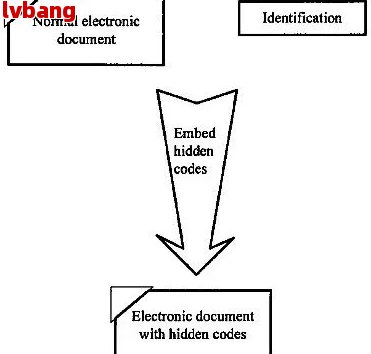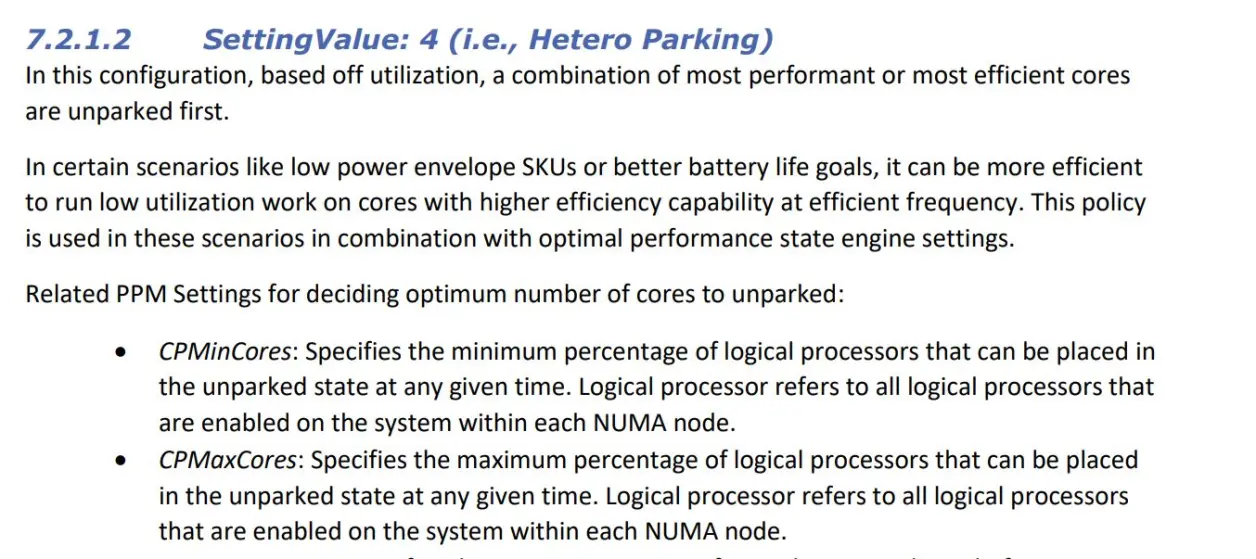How Does a Consolidation Loan Work: A Comprehensive Guide to Simplifying Your Debt
In the ever-evolving financial landscape, managing debt has become a critical aspect of personal and business financial health. One of the strategies that i……
In the ever-evolving financial landscape, managing debt has become a critical aspect of personal and business financial health. One of the strategies that individuals and businesses often employ to simplify their debt repayment process is through debt consolidation. But how does a consolidation loan work? This article delves into the intricacies of debt consolidation loans, providing a detailed explanation of the process, benefits, and potential pitfalls to help you make informed decisions.
**Understanding Debt Consolidation**
Debt consolidation involves combining multiple debts into a single loan with a lower interest rate. This strategy simplifies debt repayment by creating a more manageable monthly payment schedule and potentially reducing the overall interest paid over time. The primary goal of debt consolidation is to streamline the repayment process, making it easier for borrowers to stay on top of their financial obligations.
**How Does a Consolidation Loan Work: The Process**
The process of obtaining a consolidation loan typically involves the following steps:

1. **Assessment of Current Debt**: Before applying for a consolidation loan, it's essential to assess the current debts. This includes understanding the interest rates, balances, and minimum payments for each debt.
2. **Choosing a Lender**: Once the current debt is assessed, the next step is to choose a lender that offers consolidation loans. Lenders can include banks, credit unions, or online lenders. It's crucial to compare interest rates, fees, and terms offered by different lenders to find the best deal.
3. **Application and Approval**: After selecting a lender, the borrower must complete an application for a consolidation loan. This process typically involves providing personal and financial information, including employment history, income, and existing debts. Once the application is submitted, the lender reviews the information and makes a decision on approval.
4. **Disbursement of Funds**: If approved, the consolidation loan is disbursed to the borrower. This usually involves transferring funds directly to the existing creditors to pay off the outstanding balances.

5. **Repayment Plan**: With the consolidation loan, the borrower receives a new loan with a single monthly payment. This payment is typically lower than the combined payments of the original debts, making it easier to manage.
**Benefits of a Consolidation Loan**
The primary benefit of a consolidation loan is simplification. By combining multiple debts into one, borrowers can simplify their repayment process, making it easier to manage their finances. Additionally, consolidation loans often come with lower interest rates, which can result in significant savings over time. This can be particularly beneficial for borrowers carrying high-interest credit card debt.
**Potential Pitfalls of a Consolidation Loan**

While debt consolidation offers numerous benefits, it's not without its potential pitfalls. One of the primary risks is the possibility of accumulating additional debt if the borrower doesn't change their spending habits. Additionally, consolidation loans typically require collateral, which can be a barrier for some borrowers. Finally, there are fees associated with obtaining a consolidation loan, which can offset some of the savings from lower interest rates.
**Conclusion**
Debt consolidation is a powerful tool for simplifying the debt repayment process. By combining multiple debts into one loan with a lower interest rate, borrowers can make their financial obligations more manageable. However, it's crucial to carefully consider the benefits and potential pitfalls of a consolidation loan before proceeding. With a clear understanding of how a consolidation loan works, borrowers can make informed decisions that align with their financial goals.